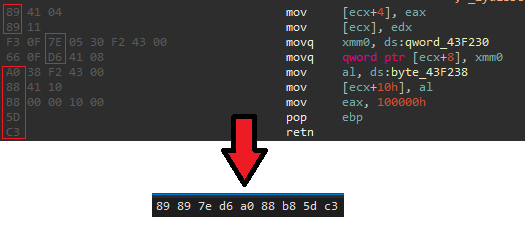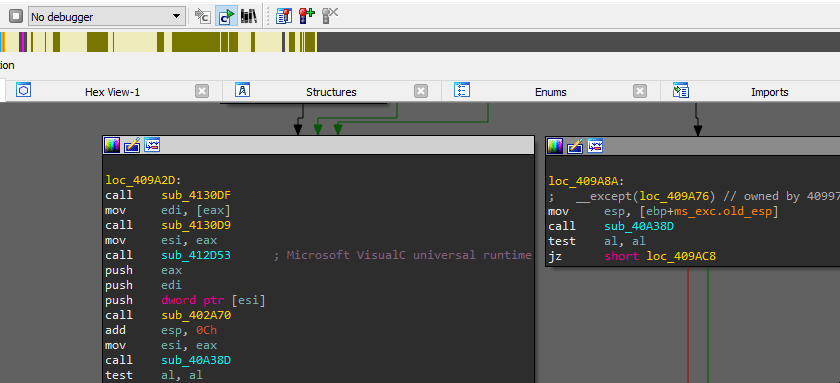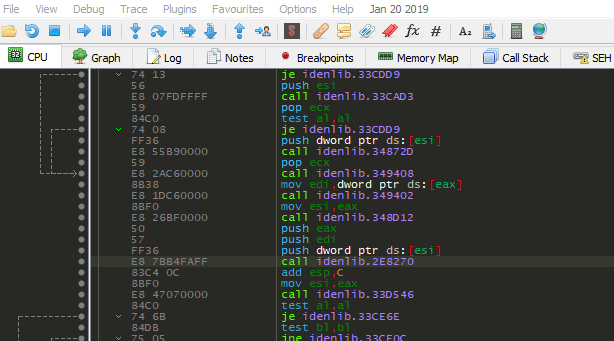Awesome
idenLib - Library Function Identification
When analyzing malware or 3rd party software, it's challenging to identify statically linked libraries and to understand what a function from the library is doing.
idenLib.exe is a tool for generating library signatures from .lib/.obj/.exe files.
idenLib.dp32/idenLib.dp64 is a x32dbg/x64dbg plugin to identify library functions.
idenLib.py is an IDA Pro plugin to identify library functions.
Any feedback is greatly appreciated: @_qaz_qaz
How does idenLib.exe generate signatures?
- Parses input file(
.lib/.objfile) to get a list of function addresses and function names. - Gets the last opcode from each instruction

-
Compresses the signature with zstd
-
Saves the signature under the
SymExdirectory, if the input filename iszlib.lib, the output will bezlib.lib.sigorzlib.lib.sig64, ifzlib.lib.sig(64)already exists under theSymExdirectory from a previous execution or from the previous version of the library, the next execution will append different signatures. If you executeidenLib.exeseveral times with different version of the.libfile, the.sig/sig64file will include all unique function signatures.
Inside of a signature (it's compressed):

Usage:
- Generate library signatures:
idenLib.exe /path/to/fileoridenLib.exe /path/to/directory - Generate
mainfunction signature:idenLib.exe /path/to/pe -getmain
Generating library signatures

x32dbg/x64dbg, IDA Pro plugin usage:
- Copy
SymExdirectory underx32dbg/x64dbg/IDA Pro's main directory - Apply signatures:


Generating main function signature:
If you want to generate a signature for main function compiled using MSVC 14 you need to create a hello world application with the corresponding compiler and use the application as input for idenLib

main function signature files are EntryPointSignatures.sig and EntryPointSignatures.sig64


Notes Regarding to main Function Signatures
idenLibuses theDIA APIsto browse debug information stored in a PDB file. To runidenLibwith-getmainparameter you will need to ensure that the msdia140.dll (found inMicrosoft Visual Studio\2017\Community\DIA SDK\bin) is registered as a COM component, by invoking regsvr32.exe on the dll.
Applying Signatures
There are two ways to apply signatures, exact match and using Jaccard index

Useful links:
- Detailed information about
C Run-Time Libraries (CRT)
Third-party
-
Zydis (MIT License)
-
Zstandard (BSD License)
-
Icon by freepik